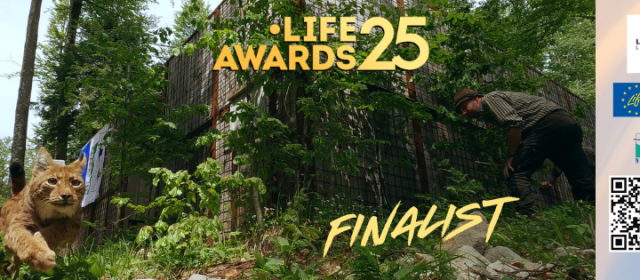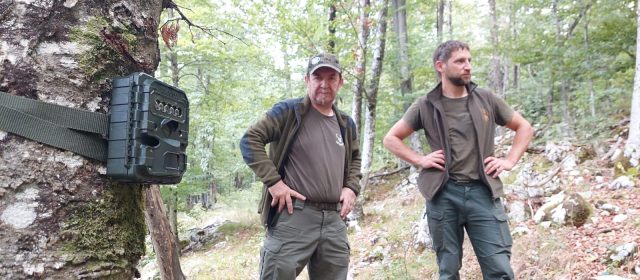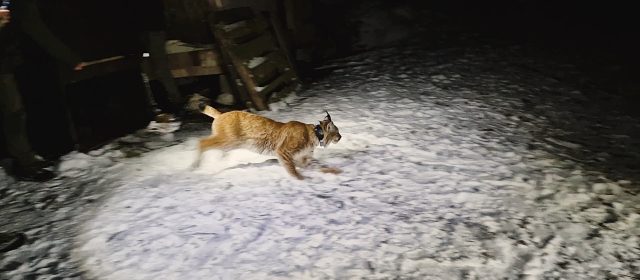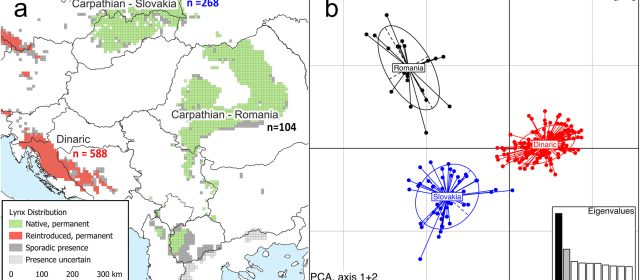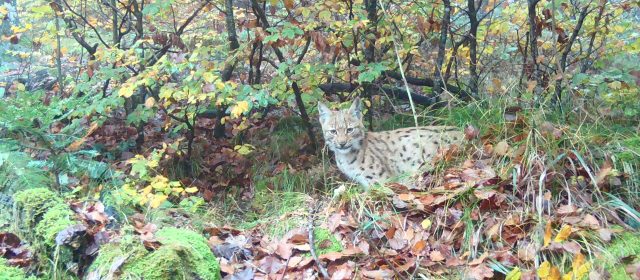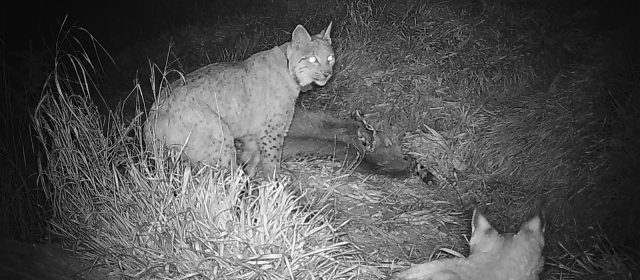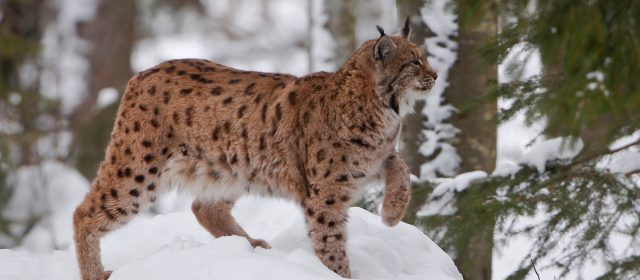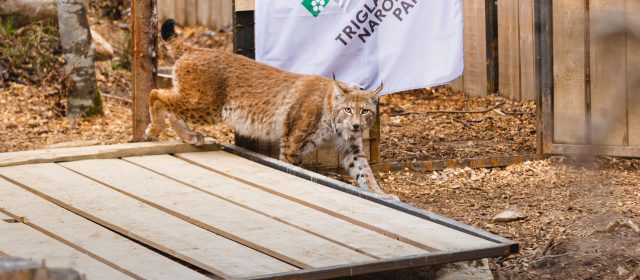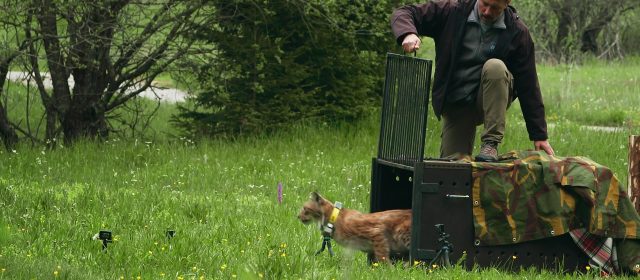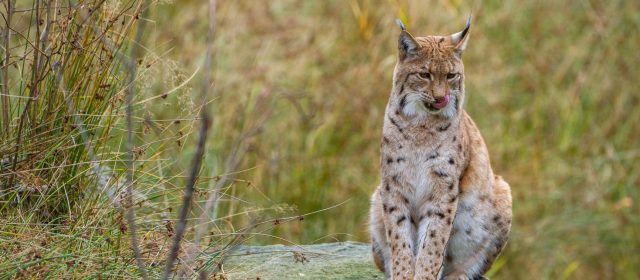Dear LIFE Lynx followers, we come to you with exciting news. LIFE Lynx was selected as one of the three best LIFE projects in category Nature Protection &Biodiversity that were completed last year. Thank you for all your support throughout the seven years of the project, we wouldn’t be here without you. LIFE Lynx achievements in Numbers: You can endorse us once again, and vote for us in the category...
Read MoreLast week, a new scientific publication about lynx monitoring in Slovenia was published, highlighting the importance of involving hunters as citizen scientists in the process. The paper represents the most detailed description of the lynx monitoring program in Slovenia, which was developed with the help of the LIFE Lynx project. Specifically, it explains how combining data from questionnaires, chance observations and systematic camera...
Read MoreThe research project “Extreme Predator“, led by Biotehnical Faculty, focuses on the role of apex predators such as lynx in extreme environments such as the Alps. Monitoring lynx and studying predation in the high mountains presents new challenges, especially due to the difficult accessibility and remoteness of the area. By trapping lynx in the Alps, researchers will determine how lynxes forage and which species rely on...
Read MoreDo you know which species are most closely related to the Eurasian Lynx? What are the consequences of inbreeding? What is the importance of marking territory? Slovenian students who took Biology at Slovenian Matura Exam probably know the answers. In the “Ecology” section, they answered nine questions related to lynx ecology, the protection of key species in the ecosystem and genetic diversity. Schools are keeping up with...
Read MoreThe LIFE Lynx project has made a significant leap in conservation the Dinaric lynx population through genetic rescue. Facing severe inbreeding, with effective inbreeding reaching critical, the population was at high risk of extinction. After the translocations, сarried out in frame of the LIFE Lynx project, inbreeding was significantly reduced. Recent publication confirms the critical role of these measures in improving the genetic...
Read MoreSince last summer, Sneška is taking over a task of a mother lynx. She is raising two kittens which seem to be in good shape and it will soon be time for them to find their own territory. We recorded them at dinner on their prey remains, an old roe deer buck. Studies show that lynxes select older or weaker individuals for their prey, which we observed this time on the field, too. If we take a closer look, we can see that kittens are...
Read MoreRozi, a young female lynx from Slovenian Alps became a mother this year. She was born in 2022 and is the offspring of translocated lynxes Aida and Zois. In the Julian Alps, we filmed her with one of her cubs as they fed and explored the surroundings of their prey remains. In an area similar where Rozi has her territory, there is a territory of a young male lynx Miha, who we monitor with telemetry since the end of winter 2023. He...
Read MoreCoherent management response is crucial for long-term conservation of Dinaric-SE Alpine lynx population. Slovenia is continuing their vision to conserve lynx for future generations, by adopting Strategy and Action Plan for Conservation and sustainable management of Eurasian Lynx for the Period 2024-2033, where concrete actions are defined. The conservation objectives of the Strategy are: A genetically stable and viable population,...
Read MoreOur documentary film is successfully spreading the word about the efforts to save the Dinaric-SE Alpine lynx population from extinction. To make it reach even more people around Europe and even further, it has been screened at film festivals, national televisions and various events. More than 8000 people already watched it on LIFE Lynx YouTube channel, where it is available with Italian, English, Romanian, Croatian, Slovenian, and...
Read MoreNow in its 40th year, the Animal Behavior Society (ABS) film festival featured top films that were produced in the preceding five years that portray important concepts in animal behavior research and education. Categories include both amateur (non-commercial) and professional (commercial) films. Films were ranked based on their accuracy, quality of narration, quality of videography, degree of anthropomorphism, and overall appeal....
Read MoreUnderstanding large carnivore space use is essential for effective management in human-dominated landscapes and accurate population estimates. However, Eurasian lynx show significant variation in home range sizes across Europe, which makes broader extrapolations harder. Our study, conducted in the temperate forests of the Western Carpathians across Slovakia, Czechia, and Poland, analyses the home range variations of 35 Eurasian lynx...
Read More
